 |
| February 18, 2020 |
Dear Reader,
Scientists have found a long-predicted compound called helium hydride, believed to be the first molecule ever formed in the universe. Read today's lead story to learn more about this discovery. At Columbia and Harvard, researchers are working to create cooling materials based on how butterflies beat the heat. The insects regulate their wing temperatures through structural and behavioral adaptations. Also in today's news: a study shows how jackdaw flocks vary between chaos and order; indigenous-managed lands may provide a model for maintaining biodiversity; and drug maker Sanofi is entering the race to develop a vaccine against the new coronavirus sweeping through China. |
| | Sunya Bhutta, Senior Editor, Audience Engagement
@sunyaaa | |
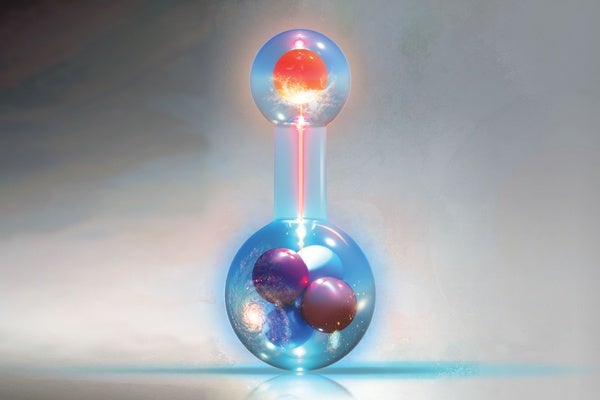 |
| Physics The First Molecule in the Universe Scientists have identified mystery molecules in space and the compound thought to have started chemistry in the cosmos By Ryan C. Fortenberry | |
| |
| |
| Space The Supercool Materials That Send Heat to Space Paints, plastics and even wood can be engineered to stay cool in direct sunlight—but their role in displacing power-hungry air conditioners remains unclear | | By XiaoZhi Lim,Nature magazine | | | |
| |
| |
| |
FROM THE STORE
 | | Secrets of the Brain The sense of position and movement is often called the sixth sense; the brain's connection to the immune system might be a seventh. In this eBook, we examine the diverse functions of the brain beyond the five senses, including the glymphatic system for maintaining brain health, the processes behind intuition and new research raising questions about "brain death." |  | | |
| |
FROM THE ARCHIVE
 | | How to Build a Butterfly Wing Iridescent butterfly wings get their brilliance from structures smaller than a wavelength of light. Scientists are now peeking inside the chrysalis to watch these structural colors form as a living butterfly develops. | | |
| QUOTE OF THE DAY
 "One thing that's potentially attractive is that butterfly wings are extremely light, and the microstructures involved are extremely small and thin. So one thought that comes from this [paper] is that it can inspire ways of efficiently getting rid of heat in very lightweight systems." Aaswath Raman, University of California, Los Angeles | |
LATEST ISSUES
 |
| |
| Questions? Comments?  | |
| Download the Scientific American App |
| |
| |




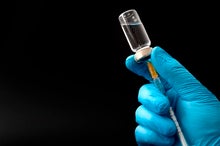
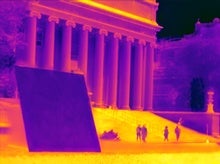





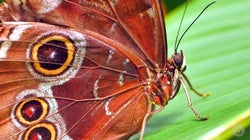
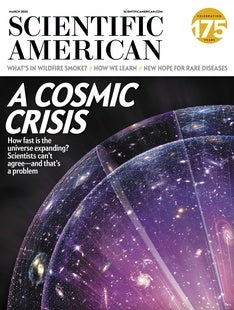



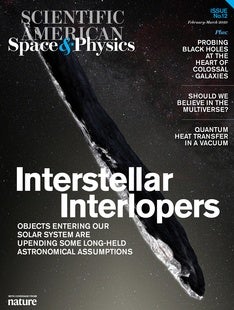



Comments
Post a Comment